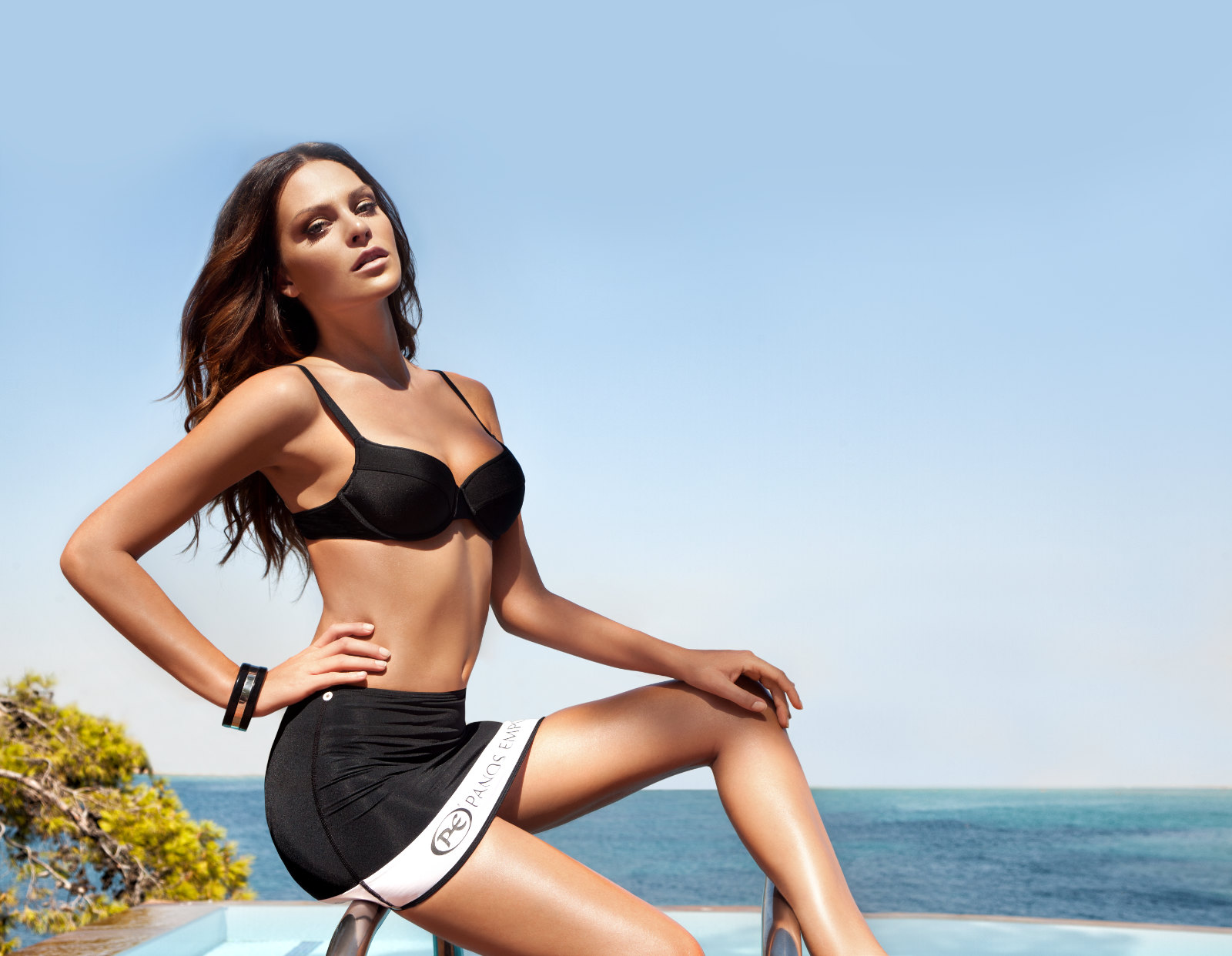
FASHION Panos Papadopoulos created Scandinavia’s biggest swimwear label in 1986. Here, he tells his story, in a Lucire exclusive, adapted from his new autobiography
From issue 45 of Lucire
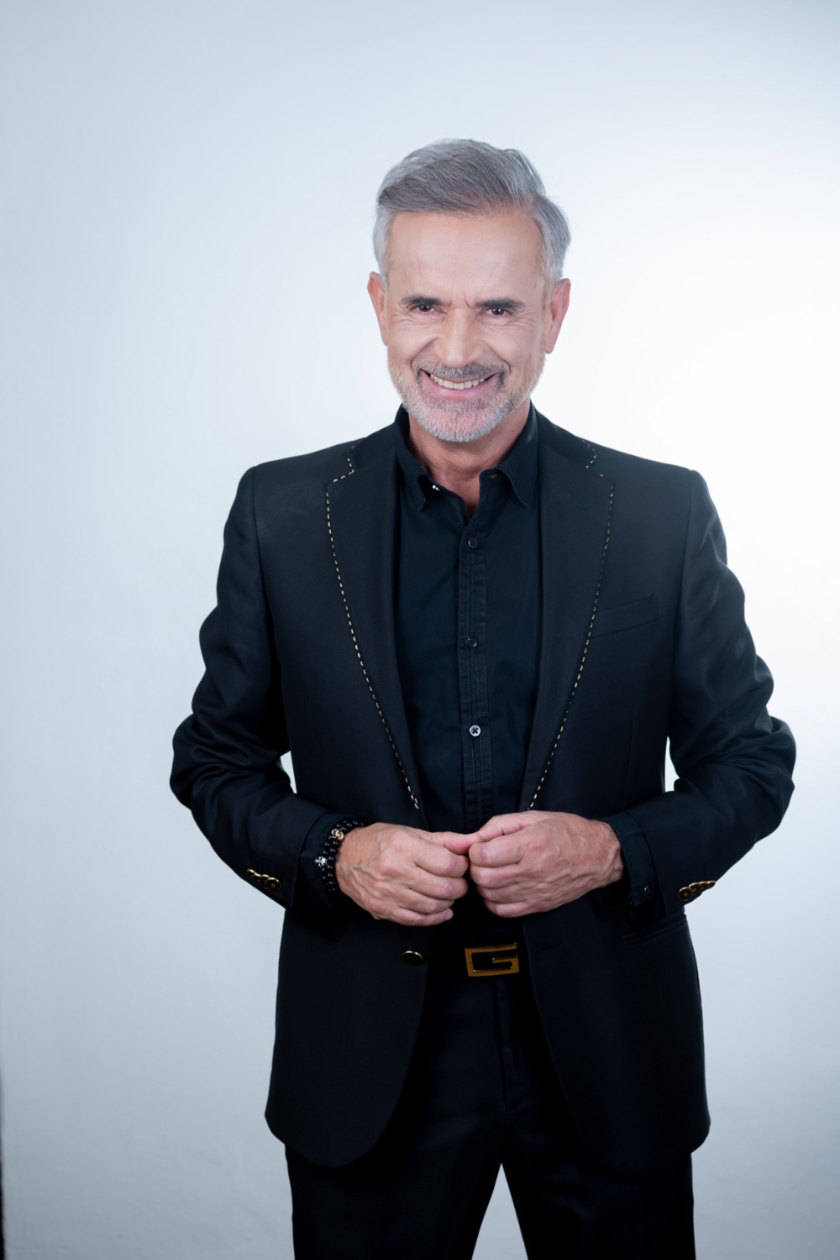
Header image: The Paillot, an innovation by Panos, which remains a staple of the Panos Emporio range. Above: Panos Papadopoulos.
I’ve worked since I was a child. On Sundays, my mother had an extra job cleaning the office at the factory where she worked during the week, and I’d help out, scrubbing the floor. I was five years old.
I knew that I couldn’t make it in my native Greece in the 1970s. Corruption was rife.
Walking around Athens as a teenager, I spied ‘Interrail card, only $100’ on a sign at a travel agency. I decided to buy it.
Stopping in Göteborg, Sweden, I enquired at the university to see if I could study there. Thanks to the university principal, my mind was made up. I would return to study.
I studied engineering but it wasn’t what I really wanted. I changed my major to behavioural science. In my postgraduate work, I examined nightlife at the disco and the importance of clothing. It proved to be a success, as my thesis quickly generated media interest. I even wound up on the front page of one of the biggest newspapers in Sweden! Prime-time TV followed.
Not only was my subject interesting, but it stirred my passion. I loved to learn new things. I always took the harder path, because it stimulated my creativity and made me happy. I would get bored quickly if my life wasn’t full of rich possibilities and tough challenges.
No risks, no history.
To decide to start a swimwear brand in a very cold country with barely any summer might have seemed like commercial suicide. Rationally, it probably was. But, that was the challenge.
I saw how colourless and drab the swimwear was in Sweden at the time, and I began planning how to inject some colour on to the beaches. I had no knowledge or experience in this area, or anyone I could ask. There was no internet I could turn to for research.
In 1986, my small collection took shape, but not before I did plenty of sociological market research. I spoke with as many women of different ages as I could, asking what they felt was missing, or what disappointed them when it came to swimwear.
I learned every stage of production, as well as the ins and outs of business. I took courses to get up to speed. I aimed to have consumers who were beyond satisfied—thrilled with the product and happy about everything that came with the brand, so they could do word-of-mouth marketing for me. I did not have resources for a traditional marketing campaign, so my products were the only means through which I could market my brand.
The next step was to find a hook that could take my label, Panos Emporio, into the big time.
I was going to an event in Stockholm one night in 1991. A few tables away, I saw the back of a beautiful girl. I walked around her table and looked into her eyes. I cannot describe the moment. Had I been a little braver, or had some Zorba in me, I would have screamed when I saw her! ‘Eureka!’
The woman was Jannike Björling, tennis star Björn Borg’s former girlfriend and the mother of his child. The paparazzi wanted shots of her. I knew I had to get her as my model.
I was told that no one could get her, that she shunned all offers. That strengthened my resolve.
I did some detective work to get her phone number.
I called, remaining calm and confident. I persuaded her and her photographer boyfriend Tony to see me, at their house. It was perfect: I would be able to talk to them in a place where they were comfortable.
Arriving the following Saturday, I asked Jannike to try on some of my swimwear. We chatted for half an hour, and I told her about my dream and my vision. She seemed genuinely interested. I had a feeling that I could tell her why I had contacted her: I wanted her to be my model.
I got up from my chair and said to her, ‘Tony and I are going to take the best pictures of you. You said you loved my swimwear. Let’s get some cool shots of you wearing my designs. We’ll go to Greece, and stay for a while. We’ll take a couple of pictures a day, whenever we feel like it.’
It was important for me to get her to see it as a holiday—a fun thing. She had been under constant pressure, and I wanted to get her away from it all.
Before she could answer, I continued, ‘You need to go on holiday, and Greece loves you. You would like Corfu. There are direct flights from Stockholm every Friday. I have already reserved four tickets, two for you and Tony and two extra, because I think you’d want to bring along your own make-up person and a friend.’
She looked at Tony. I could see she was starting to like the idea, but still hesitated.
I quickly took command again. ‘Would August be a good month to go?’ I didn’t let go. ‘Let’s decide, and I’ll sort out all the practical details with Tony.’
I got a tentative-sounding ‘OK.’ It wasn’t an enthusiastic yes, but it was enough.
continued
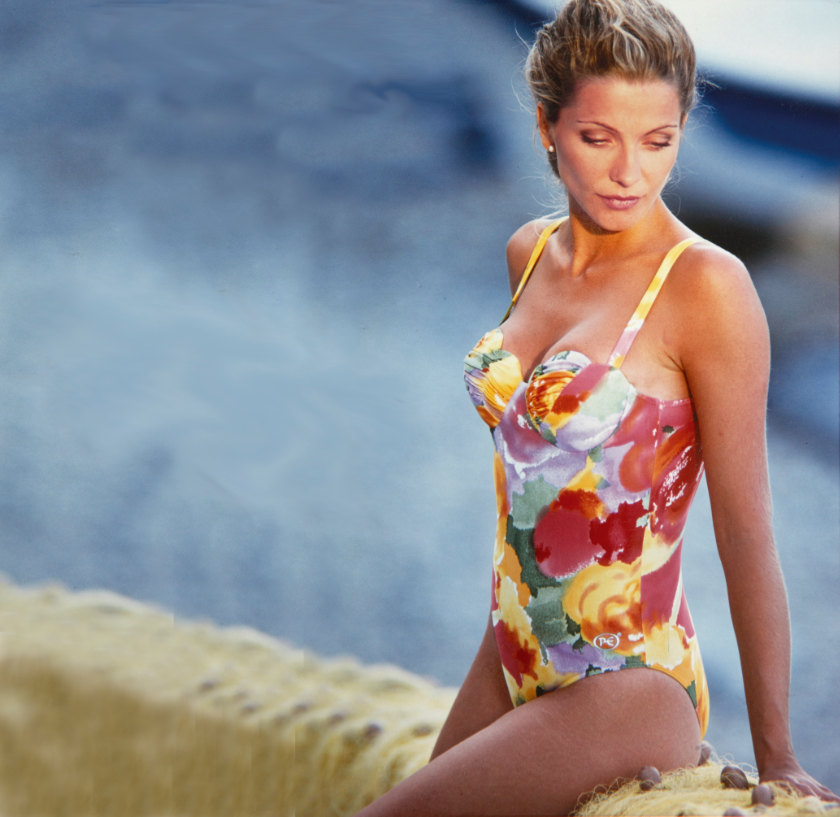
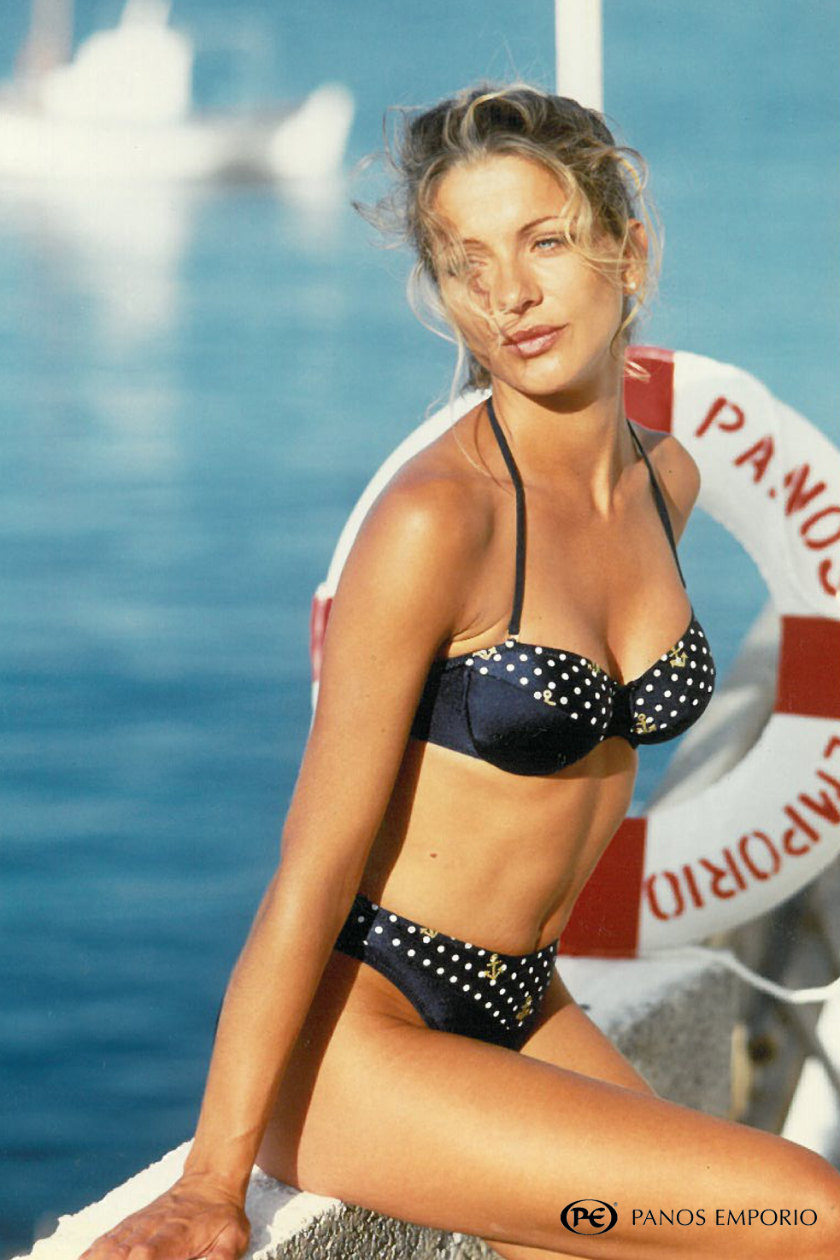
Above: Jannike Björling, the first well known Panos Emporio model.
We got great photos in Greece. I spread them around my living-room floor.
I was ready to go to the media. I had 30 slides made of each image, and wrote some text that I wanted included in the articles. It was important that Jannike would come across as a star, but of course my swimwear would need to get as much attention.
I decided I would charge the media for the photos, something that was unheard of.
I reached out to all the major media channels. The largest were the evening newspapers. I called the editors to check their interest. It was greater than I dreamed.
Late Saturday night, the first newspaper sent their staff photographer to meet me so I could hand over the high-quality prints. The space had been reserved: the middle spread and the front page. I made the same deal with four major evening papers.
I faxed releases to more than 300 additional media channels. This was before email attachments were the norm, so one photographer after another came to pick up the pictures. I took a symbolic sum off each, not because I aimed to get rich off the exercise, but to bind the newspaper contractually to how the images would be handled. All photos would have the same tagline: ‘Copyright Panos Emporio’. Every garment style was to be named, and the retail price would be listed.
The next day, February 2, 1992, I saw that the major evening newspapers had my material on their newsstand sheets! It appeared in the middle spread of the two largest papers, as we had agreed. I was overwhelmed.
I held a massive catwalk show at the 1996 Stockholm International Fashion Fair. To get maximum coverage, I chose the most famous personalities of that year to walk the catwalk. Among the invited guests you could see big-name entertainers and politicians.
When we let in all the press, my assistant ran behind the stage to inform me that more journalists than expected had signed up, and the press kits had run out. About 50 reporters went without one.
Once the show started, I was swept up in the euphoria that spread through the hall. It was a magical feeling. The final song of the show was Greek, of course. It gives me extra power and joy, and feels like I am nourishing my roots.
Following the show, there was chaos as 1,500 attendees rushed to visit our stand. Our staff simply couldn’t take care of all the interested visitors. It was just as chaotic through the remaining days of the fair.
Some big-name fashion journalists had called me Baddräktskungen (the king of swimwear), but in 1996 I felt I had earned the title.
continued
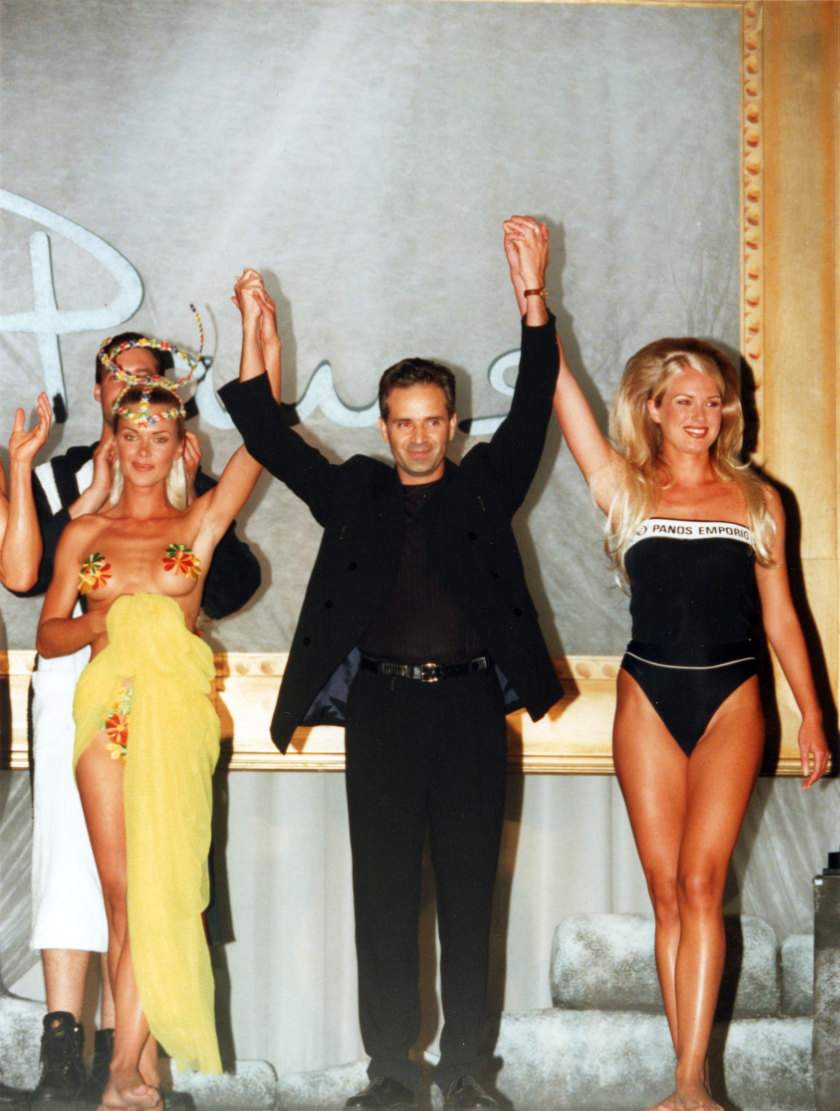
Triumphant at the Panos Emporio 10th anniversary show at the Stockholm International Fashion Fair.
When the time came to replace Jannike Björling, I could see something special in Victoria Silvstedt. She had the potential to become big, not only in Sweden, but far beyond.
Victoria did not have a typical model’s appearance, nor were modelling agencies after someone with her physique. The agencies wanted tall, slim girls. This girl from the provinces was just the opposite: she was tall and muscular. I liked her charm, and I could see how good Victoria could look and what energy she had!
The most difficult thing now was how to launch her. I had generated such great publicity with Jannike. I couldn’t afford to lose momentum. The launch had to be different.
In the 1990s, Magazine Café, the Swedish men’s magazine, had a great reputation. When they wrote about someone, the newspapers would follow. I had established good contacts with the staff and treated them differently, getting news and photos to them in good time, since they had a tight, monthly publication cycle. That would allow them to come out with the news on the same day as the newspapers. Our collaboration was built on great respect and trust.
I visited the editorial office and told them that I had a new girl in the wings, and I’d be having her photographed in Miami in a month’s time. I offered them the opportunity to be behind the scenes, interview her during the shoot, and be the first with the news.
They liked the idea. I suggested that if they wanted exclusivity, they could send a press release with images out to newspapers the night before their next issue hit the newsstands. That way, I could ensure that she would get good publicity.
It was another win–win, the sort I loved to engineer. Café got an exclusive that would increase their visibility, and I got a partner who would take care of my publicity. Once again, this symbiosis characterized my marketing strategy, and everyone benefited.
On November 23, 1996, the story and photos hit. We got centre pages and appeared on the front pages of most newspapers. We had a strong new card to play.
The power of the brand was unbelievable. It inspired thousands of people. It made them want to try to have a better life. I’d touched students, foreigners, criminals, politicians, royalty.
If I had to do it all again, I’d probably walk away from Panos Emporio at the 25-year mark, in 2011. After that, it wasn’t as much fun. Nevertheless, in the later years, I still innovated, with things like the men’s Meander swimming trunks, for which I won a silver prize in the Swedish Design Awards in 2016. I noticed that men were rolling up the legs of their trunks, for movement, practicality, fashion or more complete tanning, so I came up with a design that allowed them to roll up the legs and fasten them.
My 38 years running my apparel brand, Panos Emporio, gave me great joy (for the most part), and I could have kept it going, because I never pursued anything fleetingly. I always looked to the long term. I worked 18-hour days, so it felt like I had put 76 years into the business. When I found success, I knew I wanted to keep it going, not just for myself, but also for all those around me. That was my reward. •
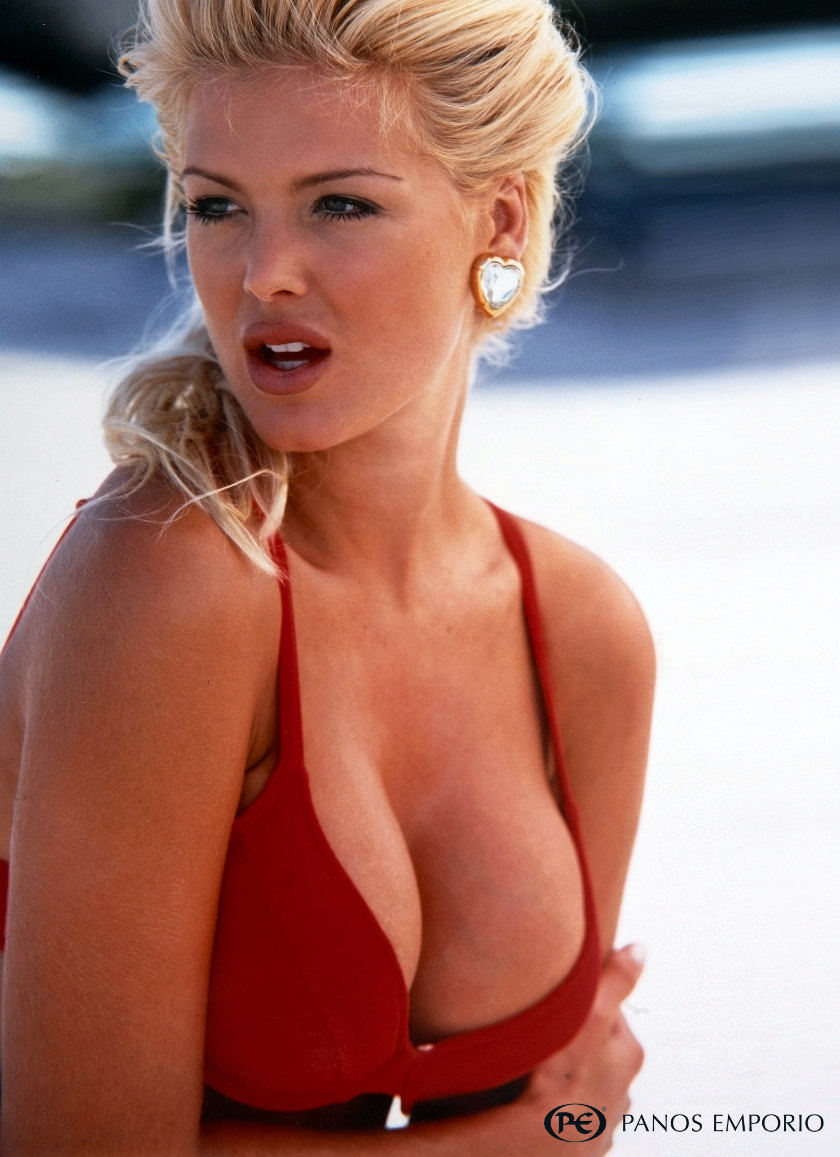
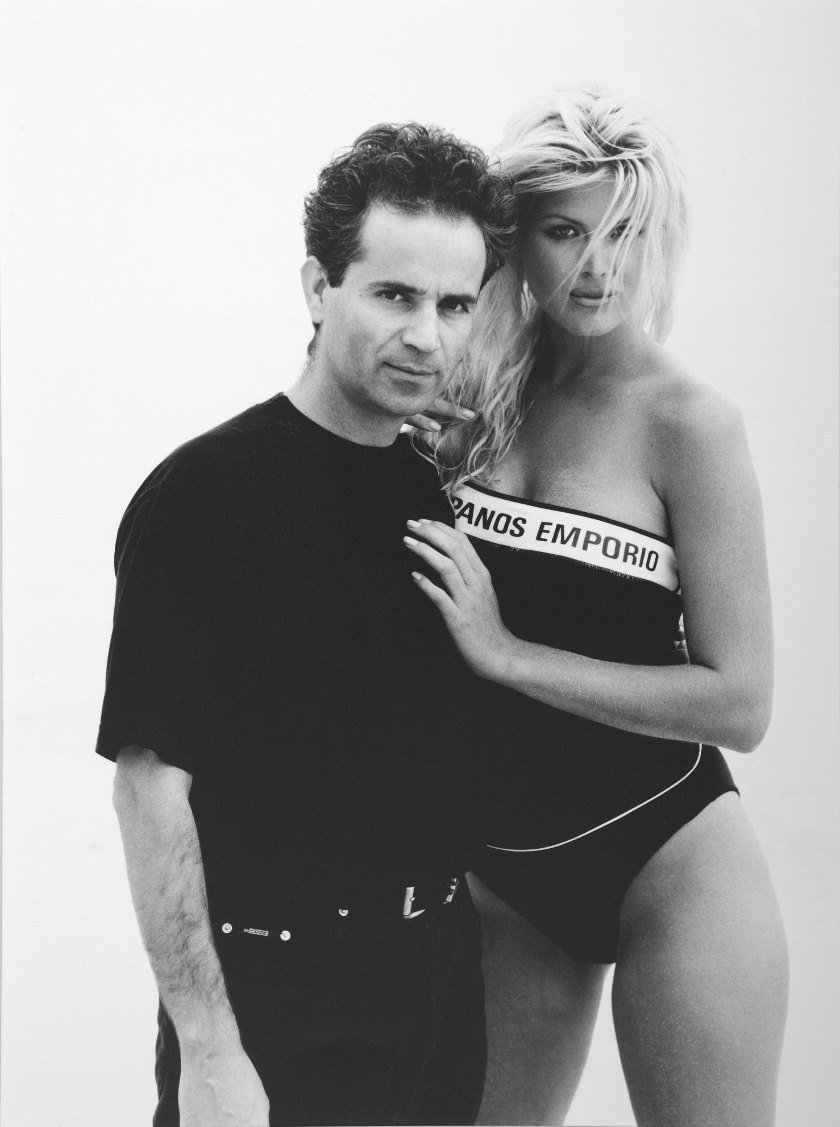
Victoria Silvstedt succeeded Jannike Björling in 1996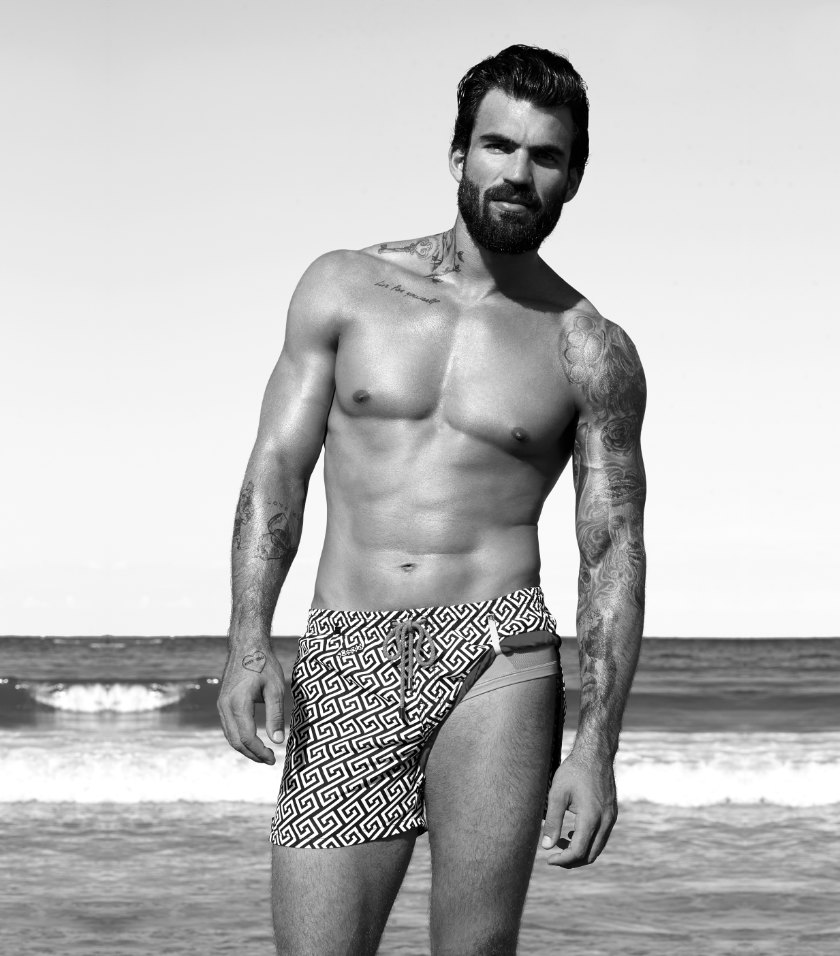
The Meander, which netted Panos Emporio a Swedish Design Award in 2016
Related articles hand-picked by our editors
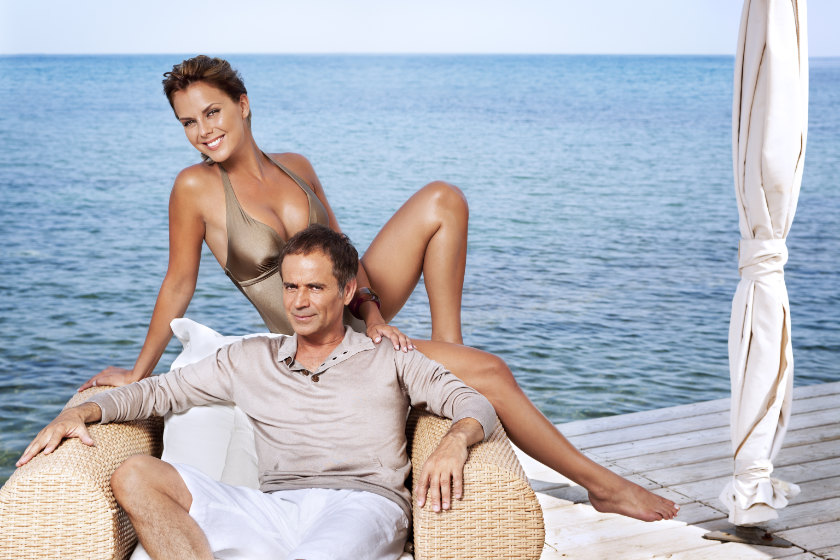
Sweden’s king of swimwear, Panos Papadopoulos, reveals all in his new autobiography
The founder of Panos Emporio reveals all, including never-before-told stories, on how he made his way to the top of the business, in an intimate, personal autobiography. Publisher Jack Yan on the new book, on which he collaborated with Panos
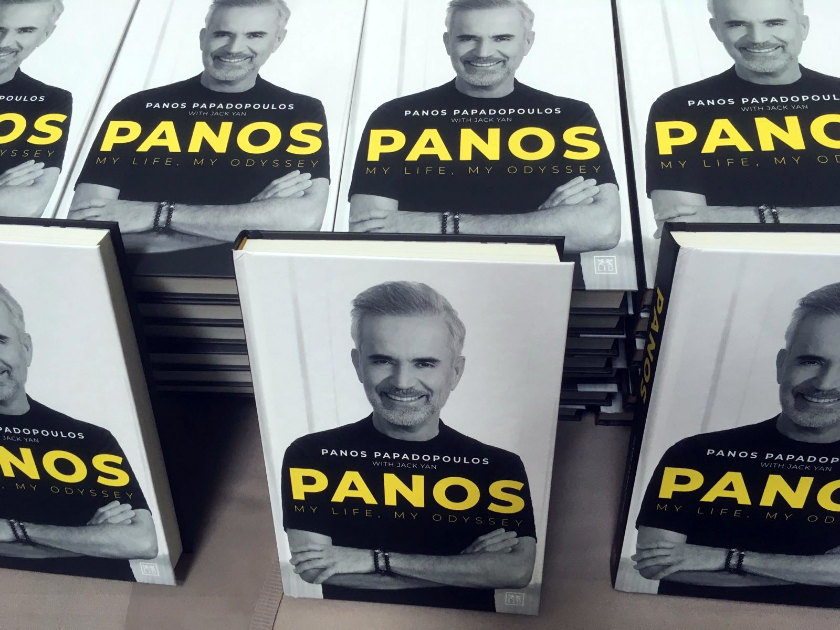
Panos Papadopoulos launches his autobiography in Stockholm
Panos Papadopoulos’s autobiography is officially launched, and available through Europe and the UK, with electronic versions available worldwide
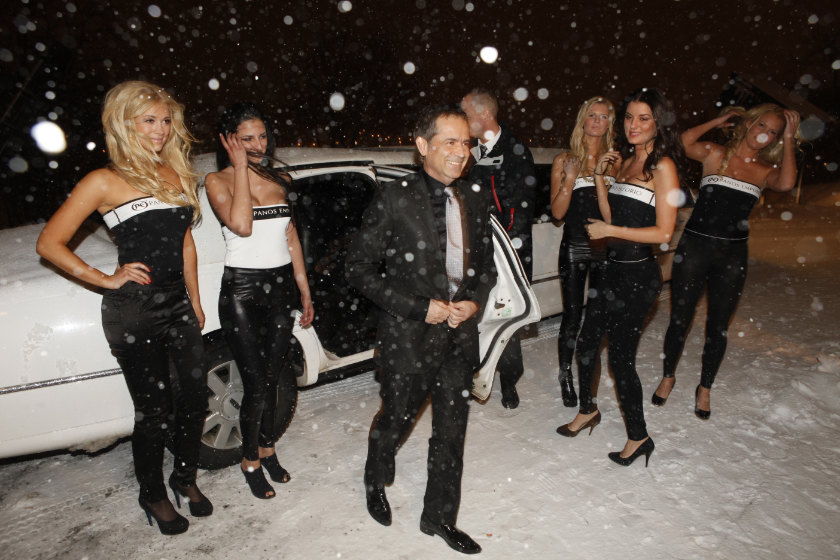
Panos Emporio celebrates 25th anniversary in Stockholm tonight
Panos Papadopoulos, whose odyssey has been told before in the pages of Lucire, will celebrate a quarter-century since his company’s founding with numerous celebrities at Skeppsholmen. A catwalk show and live entertainment are mooted for the event